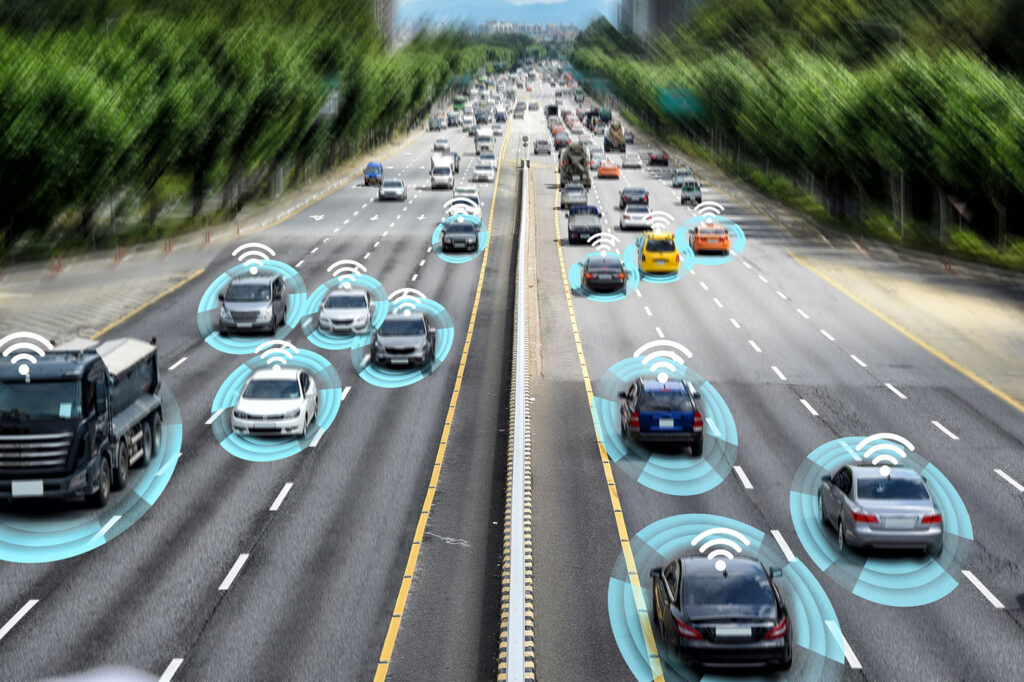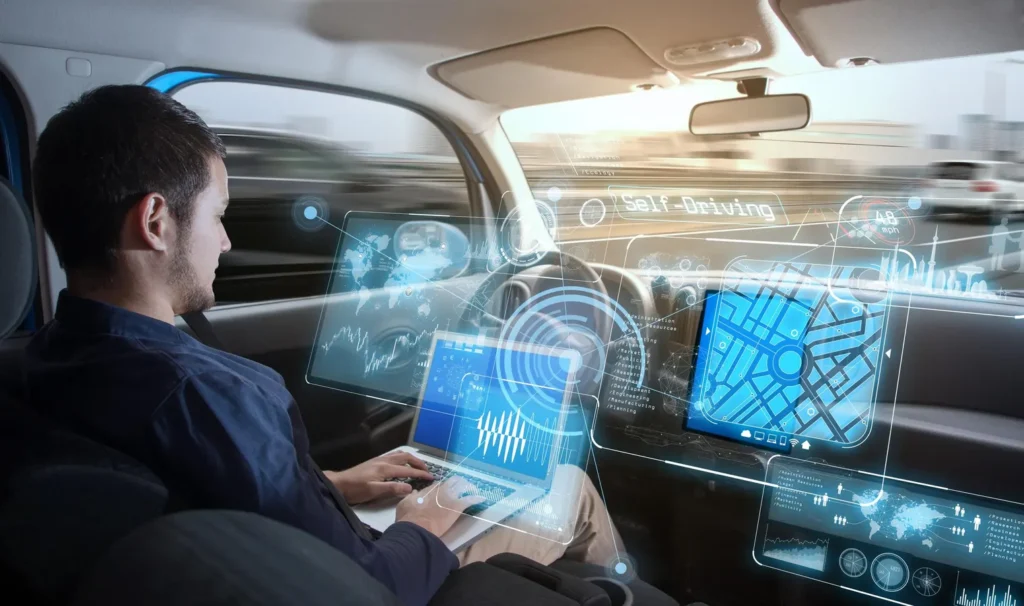The push to make electric vehicles the status quo in the United States has reached a fever pitch. It escalated as the price of gasoline began to rise quickly, a tough financial challenge to motorist. Most recently, this is highlighted through the state of California’s announcement to end the sale of gasoline-only cars by 2035.
The shift towards electric vehicles has made learning how to effectively utilize them even more imperative, as there exists a well-defined learning curve with semi-autonomous driving vehicles. However, research has shown that mastering semi-autonomous driving controls will most likely make one safer on the road.
Revolutionary Driving

If there is one certainty in driving, it is that humans are fallible. They sometimes fail to pay attention, they get easily distracted, and reaction times may vary. Tesla’s electric vehicles equipped with semi-autonomous driving controls have changed the automotive industry, creating a driving paradigm shift and revolutionizing the act of driving a car.
Teslas are, essentially, computers on wheels. Their enhanced semi-autonomous driving capabilities make them the perfect choice for those who want a safer driving experience. Still, given the differences between driving a Tesla and driving a standard, gasoline-powered car, proper training is essential to getting the greatest benefit out of a vehicle.
Mastering Semi-Autonomous Driving
Semi-autonomous driving, also called autopilot or full self-driving, depending on which features are activated, means that a Tesla can sense its environment and operate almost independently with only minimalhuman involvement. Learning to use Tesla’s semi-autonomous driving features is akin to mastering the use of a smartphone. However, a Tesla operates with much higher stakes than that of a smartphone. The lives of you, your friends and family, and everyone else on the road depend on you being as skilled as possible once you take your seat behind the wheel.
Drivers utilizing Tesla’s autopilot shouldt familiarize themselves with hundredsof settings and features. Once appropriately trained, a driver will inevitably feel a sense of comfort with their improved skills, their whole approach to driving may make for a happy change. Commutes can be more enjoyable, relaxing, and, in the end, far safer. The semi-autonomous features can relieve stress and mental energy, allowing drivers to truly enjoy the act of driving in a whole different manner.
Many of us learned to drive in a driver’s ed classroom or through private courses given through DMV certified instructors. We learned about right-of-way and keeping our hands at “10:00 and 2:00,” but Tesla has turned the act of learning how to drive on its ear. A Tesla vehicle, maneuvering almost independently, simply does not align with past driving instruction, which can be off-putting to a new Tesla driver. (The car’s features are almost demanding that one forgets much of what they learned in traditional driver’s ed and over years of driving standard vehicles).
When driving a standard vehicle, our bodies use our physical senses to maintain mental balance and alertness. Through our vestibular system (sensing movement and balance), touch, sight, hearing, and proprioception (body position awareness), we maintain a sense of correct motion, peripheral vision, and muscle position. However, when the eyes are seeing one thing, but the hands and feet are feeling something else, the brain receives mixed signals, telling itself there is an issue that needs correction. To this extent, Tesla drivers must, in a way, retrain their bodies and minds to perceive the act of semi-autonomous, and in the future autonomous driving, as not only safe, but normal.
Drivers can learn new techniques to send signals to the brain to avoid a mismatch in sense and action. Through education and practice, Tesla drivers can become accustomed to trusting that the vehicle’s computer is properly analyzing its surroundings and taking appropriate action.
For example, suppose a Tesla is approaching a curve or an oncoming, swerving vehicle. In that case, the driver must trust that the car’s computer has correctly surveyed the situation and will make appropriate corrections to avoid a collision. Reframing one’s senses and messages to the brain and body is a large part of learning how to drive a semi-autonomous vehicle.
Learning and Loving the Drive

Through everything from Tesla-specific courses to one-on-one instruction by experts, Tesla owners have sought out education so that they may get the most out of their autonomous driving experience. Learning to drive a Tesla has been compared to flight training; indeed, retraining one’s basic instincts to trust in and understand semi-autonomous controls is similar to learning to fly on autopilot.
Through comprehensive learning systems and in-depth, personalized instruction, Tesla drivers can learn to scan the vehicle’s instruments automatically and systematically for settings such as speed, autosteer engagement, and vehicle positioning. Yes, the car is equipped with autonomous driving capabilities, but this does not mean the driver has no role in the car’s proper operation.
Once a Tesla driver has learned to be aware of their car’s settings and trust in its autonomous abilities, sitting back and loving the drive is far easier.
There are a wealth of benefits to semi-autonomous, and in the future autonomous electric cars. These range from lower CO2 emissions, to improved safety, to giving the elderly and disabled freedom and independence. With more individuals and even, as we’ve seen with California, government entities jumping on the semi-autonomous vehicle/electric vehicle bandwagon, the need for comprehensive driving instruction and education will be greater than ever.




